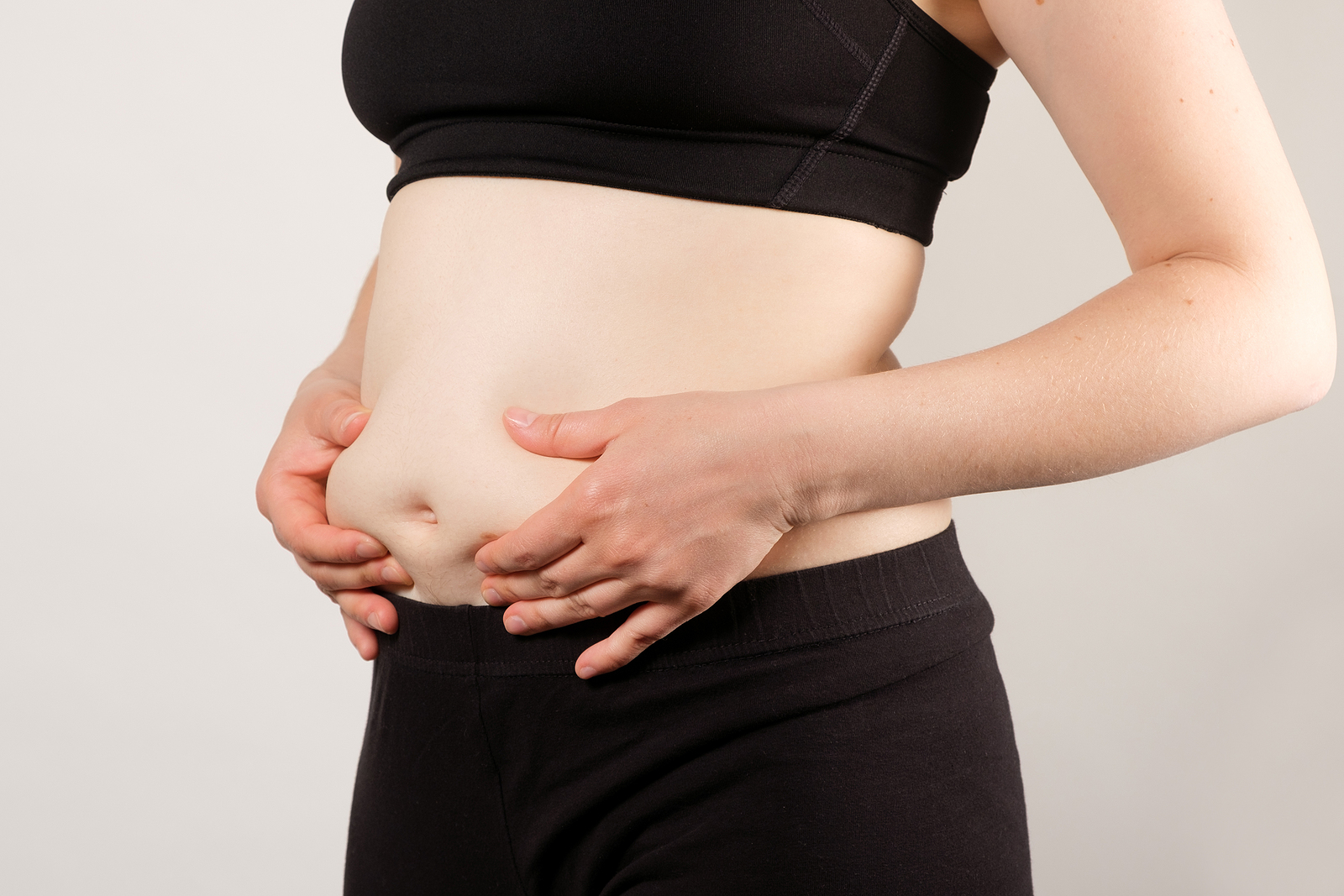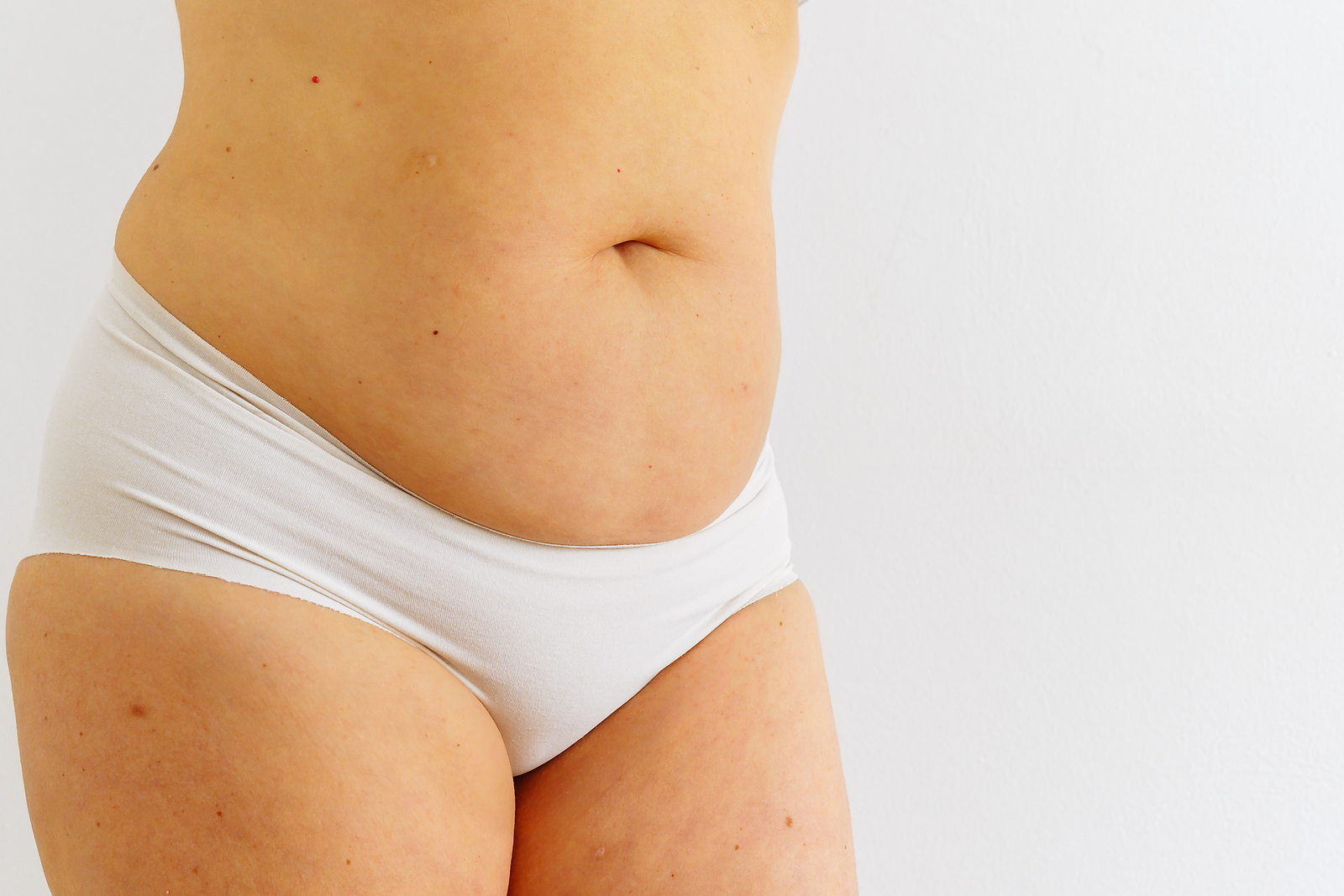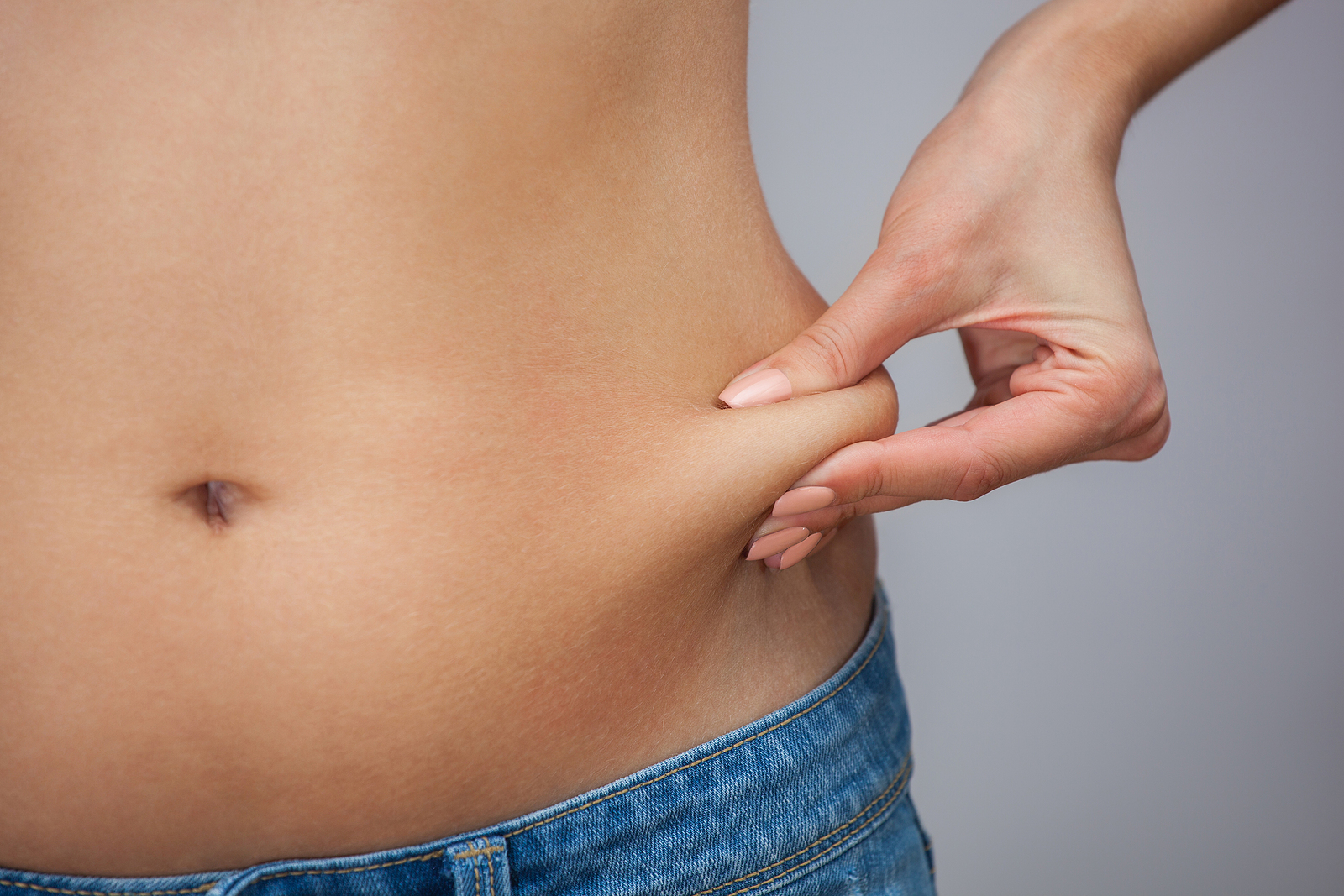Tummy Tuck (Abdominoplasty)
Abdominoplasty in Denver, CO, commonly known as a tummy tuck, is a surgical procedure to improve the appearance of the abdomen. It involves the removal of excess skin and fat from the abdominal area and tightening the underlying muscles to create a smoother and firmer abdominal contour. This procedure is often sought by individuals who have experienced significant weight loss, pregnancy, or aging, resulting in loose skin, stretched abdominal muscles, and stubborn fat deposits. A tummy tuck can restore a more toned and youthful appearance to the abdomen, enhancing body confidence and overall self-esteem.
What Can a Tummy Tuck Correct?
Weak Abdominal Muscles
A tummy tuck in Denver, CO, or abdominoplasty, is an effective surgical procedure for correcting weak abdominal muscles, often caused by factors like pregnancy or significant weight loss. During the procedure, the surgeon tightens and repairs the abdominal muscles, restoring strength and integrity to the abdominal wall. This improves the appearance of the abdomen by reducing protrusion and enhances core stability and function. A tummy tuck helps patients achieve a firmer, more toned midsection and alleviates associated discomfort or functional limitations by addressing weak abdominal muscles.


Sagging Abdominal Skin
Sagging abdominal skin refers to loose or excess skin in the abdominal area, typically caused by pregnancy, weight loss, or aging. This condition can lead to aesthetic concerns, discomfort, and functional limitations. A tummy tuck, or abdominoplasty, is a surgical procedure that effectively corrects sagging abdominal skin by removing excess skin and fat, tightening underlying muscles, and recontouring the abdomen for a firmer, more toned appearance and improved abdominal contour.
Stubborn Belly Fat
Stubborn belly fat is fatty tissue that accumulates in the abdominal area and is resistant to traditional weight loss efforts such as diet and exercise. This type of fat is often more challenging to lose due to factors like genetics, hormones, and lifestyle habits. It tends to cling to specific abdomen areas, leading to a bulging or protruding appearance. Stubborn belly fat can contribute to aesthetic concerns and increase the risk of health issues such as cardiovascular disease and diabetes.

The Procedure for Tummy Tuck
During a tummy tuck procedure, the patient is placed under general anesthesia to ensure comfort throughout the surgery. The plastic surgeon in Denver, CO, then makes an incision across the lower abdomen, typically from hip to hip, just above the pubic area. The length and placement of the incision may vary depending on the extent of correction needed and the specific surgical technique employed.
Once the incision is made, the surgeon carefully removes excess skin and fat from the abdominal area. In some cases, liposuction may be used to sculpt the contours of the abdomen further. After removing the excess tissue, the surgeon tightens and repairs the abdominal muscles, if necessary, to restore strength and integrity to the abdominal wall. Finally, the remaining skin is repositioned and sutured into place, creating a smoother, firmer abdominal contour. The incisions are closed, and dressings or compression garments may be applied to support the healing process. Call us to learn more.
Tummy Tuck Before & After Photos
Mini abdominoplasty with diastasis repair + 360 liposuction 5’6” 130#
Mini abdominoplasty with diastasis repair + 360 liposuction 5’6” 130#
Mini abdominoplasty with diastasis repair + 360 liposuction 5’6” 130#
Full abdominoplasty with diastasis and hernia repair, neoumbilicus + 360 liposuction 5’6” 128#
Full abdominoplasty with diastasis and hernia repair, neoumbilicus + 360 liposuction 5’6” 128#
Full abdominoplasty with diastasis and hernia repair, neoumbilicus + 360 liposuction 5’6” 128#
Full abdominoplasty with diastasis and hernia repair, neoumbilicus + 360 liposuction 5’6” 128#
Full abdominoplasty, no diastasis repair + 360 liposuction 5’9” 205#
Full abdominoplasty, no diastasis repair + 360 liposuction 5’9” 205#
Full abdominoplasty, no diastasis repair + 360 liposuction 5’9” 205#
Full abdominoplasty, no diastasis repair + 360 liposuction 5’9” 205#
Full abdominoplasty, no diastasis repair + anterior liposuction 5’1” 199#
Full abdominoplasty, no diastasis repair + anterior liposuction 5’1” 199#
Full abdominoplasty, no diastasis repair + anterior liposuction 5’1” 199#
Full abdominoplasty, no diastasis repair + anterior liposuction 5’1” 199#
Full abdominoplasty with diastasis and hernia repair 5’2” 128#
Full abdominoplasty with diastasis and hernia repair 5’2” 128#
Full abdominoplasty with diastasis and hernia repair 5’2” 128#
Full abdominoplasty with diastasis repair 5’6” 135#
Full abdominoplasty with diastasis repair 5’6” 135#
Mini abdominoplasty with diastasis repair + anterior liposuction 5’7” 140#
Mini abdominoplasty with diastasis repair + anterior liposuction 5’7” 140#
Mini abdominoplasty with diastasis repair + anterior liposuction 5’7” 140#
Full abdominoplasty with diastasis repair + 360 liposuction 5’8” 158#
Full abdominoplasty with diastasis repair + 360 liposuction 5’8” 158#
Full abdominoplasty with diastasis repair + 360 liposuction 5’8” 158#
Full abdominoplasty with diastasis repair + 360 liposuction 5’8” 158#
Tummy Tuck
Frequently Asked
Questions
Ideal candidates for a tummy tuck are individuals with excess abdominal skin and fat, weakened abdominal muscles, and realistic expectations about the procedure's outcomes.
While both procedures target excess fat in the abdominal area, liposuction focuses solely on fat removal, whereas a tummy tuck also addresses loose skin and muscle laxity.
In the rare event of complications after a tummy tuck, such as excessive bleeding or infection, you must contact your surgeon immediately for evaluation and appropriate management. Following your surgeon's postoperative instructions and attending follow-up appointments are crucial for monitoring healing and addressing concerns.
Recovery from a tummy tuck varies from patient to patient but typically involves temporary swelling, bruising, and discomfort, which can be managed with pain medication and proper postoperative care.
The cost of a tummy tuck varies depending on factors such as the surgeon's expertise, geographic location, facility fees, anesthesia fees, and the extent of correction needed. It's essential to obtain a comprehensive quote during your consultation.
"Each woman has a different ideal and her own individual anatomy. I
listen to you and your body to find options for beautiful and
natural results. "
- Joyce Aycock, MD
Say goodbye to excess skin and stubborn fat with a transformative tummy tuck procedure. Our experienced plastic surgeons specialize in sculpting a more defined abdomen, helping you regain confidence in your appearance. Visit Joyce Aycock MD, at 4600 E Hale Parkway Suite 440 Denver, CO 80220, or call (720) 634-7400 to explore your options and embark on the journey toward a more confident and revitalized you.
Visit Our Office
Office Hours
- MON9:00 am - 4:00 pm
- TUE9:00 am - 4:00 pm
- WED9:00 am - 4:00 pm
- THU9:00 am - 4:00 pm
- FRI9:00 am - 4:00 pm
- SATClosed
- SUNClosed






















































